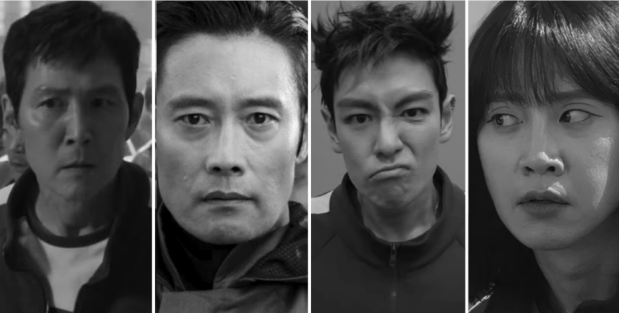Mind, body, soul are given new life; Man with Werding-Hoffman disease plans for head transplant.
September 29, 2021
Scientists work hard to come up with new plans for head transplant surgeries, giving people with body diseases quick help.
Valery Spiridonov has Werding-Hoffman disease according to an interview he did with BTC Network. He says “I can hardly control my body now. I need help every day, every minute. I am now 30 years old, although people rarely live to more than 20 with this disease.”
Spiridonov backed out of the surgery before it was accomplished. However, according to The National Post, there is a very good-sized waiting list of people trying to get into this very elective surgery.
Spiridonov decided that the surgery was too morally unethical for his situation, thinking maybe he could continue living with his condition. Even though it was not right for him, it could work for other people with diseases and conditions similar to his.
“Since the last century… Head transplant has regained attention in popular media, as neurosurgeons have proposed performing this procedure in 2017,” says The National Library of Medicine. “Given the potential impact of such a procedure, we were interested in learning the history of the technical hurdles that need to be overcome, and determine if it is even technically possible to perform such a procedure on humans today.”
By taking the patient’s head, spine, and parts of their tissues and placing them, and connecting them to the new body, it could now give them function in their life.
In a poll of 167 students, 58 percent of them said that they thought it was wrong to be doing these trials. Even though they could be saved, with the history they felt that these elective surgeries should not be offered. Senior Sarah Hardiman says “head transplants are unethical… It’s a costly procedure that hasn’t been fruitful. I think people in the medical field should focus on things with more success.”
On the opposing side, Senior Isabella Silverstri says “ If it is consented and it will help further the science then it should be allowed.”
The procedure starts when “The recipient and donor are intubated, tracheotomized, ventilated and stabilized into a rigid fixation.” The bodies are cooled to a state of hypothermia to save the tissues where they can both be set up for the transfer.
“Beginning with the anterior approach, the carotid, vertebral arteries, and jugular veins are exposed and all muscles in both recipient and donor are prepared and marked for later linkage. The trachea and esophagus are recognized and surgically prepared through different cervical incisions. The recurrent laryngeal nerves are recognized and preserved intact.
Then laminectomies are performed, the vertebral bodies or the intervertebral spaces are transected, and the dura is cut exposing the spinal cord. Afterward, under microscopic guidance, the spinal cords in both patients are transected with an ultra sharp microsurgical blade,” Said NLM.
















